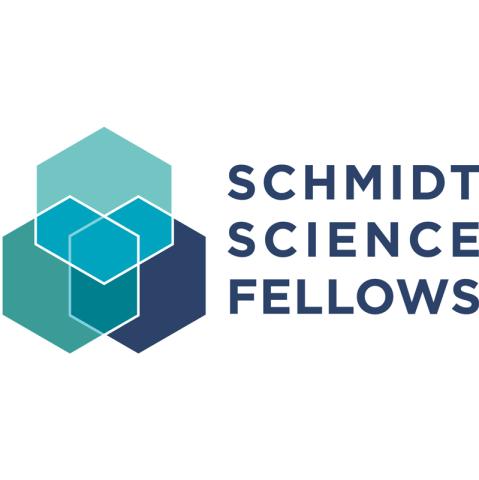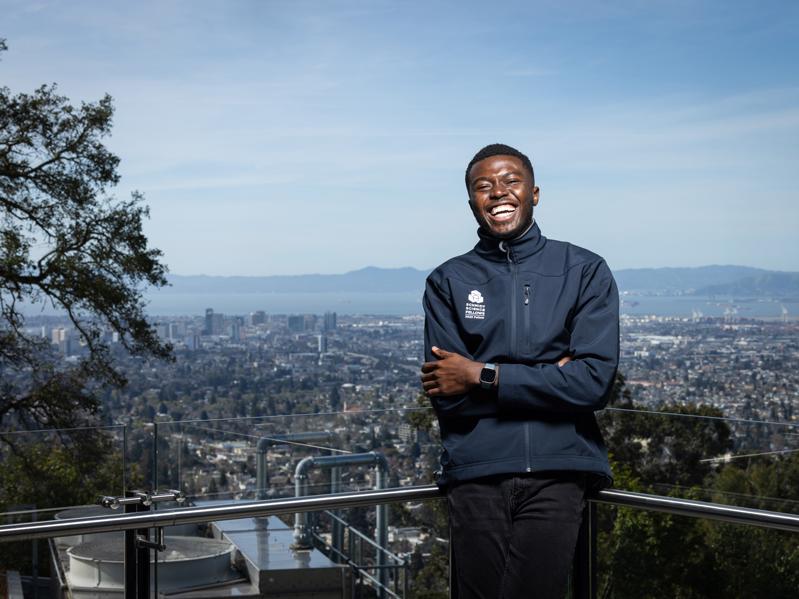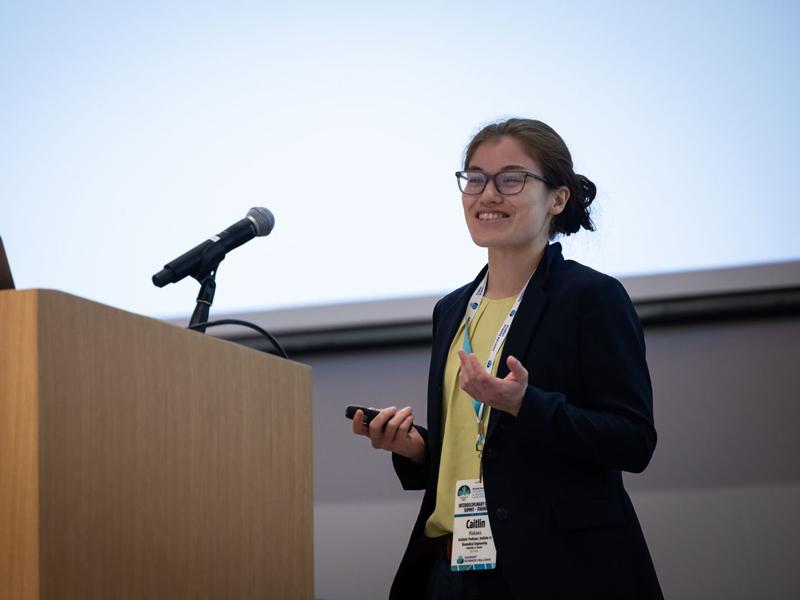
The hard cell: how interdisciplinary science can unlock next-generation batteries for a decarbonised world
Interdisciplinarity
Sponsored by

Advice for bringing together multiple academic disciplines into one project or approach, examples of interdisciplinary collaboration done well and how to put interdisciplinarity into practice in research, teaching, leadership and impact

Image credit: Claudine Gossett
Electrifying our transport systems, pivoting to renewable energy and decarbonising 21st-century society will require batteries – and lots of them. How we store and discharge energy will be crucial for tomorrow’s world.
Solomon Oyakhire, a Schmidt Science Fellow at the University of California, Berkeley and incoming assistant professor of chemical and biomolecular engineering at the Georgia Institute of Technology, is a specialist in next-generation battery design and says designing energy-dense, safe, low-cost and diverse battery chemistries represents some of the great scientific challenges of our era.
“If we are going to completely decarbonise our transportation sector, we need to come up with a fleet of batteries that satisfy different types of demands,” Oyakhire says. “One of the reasons why electric vehicles are so expensive today is because of their batteries, which account for 30 to 50 per cent of their cost. ”
They also determine how far you can drive before having to recharge. Developing batteries that store charge more efficiently can improve electric vehicles’ range; improved performance means more people will drive them.
The search for new and improved batteries is at the mercy of chemistry. Chemistry of the electrodes (materials that store charge in a battery) as well as chemistry of electrolytes (media that shuttle charge across battery electrodes) dictate the properties of batteries. The search for improved batteries necessitates the exploration of billions of electrode and electrolyte combinations and the complex interactions between them. It is inefficient to explore such spaces using the conventional approach of trial and error in the race to achieve climate security.
Looking to adjacent fields, particularly AI and causal inference, may provide a solution. When Oyakhire was completing his PhD in chemical engineering at Stanford University, his advisors, Stacey Bent and Yi Cui, were champions of interdisciplinary science. “They were masters at uniting disparate fields,” he says.
One of Cui’s most influential papers was inspired by biology. Cui discovered how cryogenic transmission electron microscopy, hitherto used to preserve delicate samples in biology, could be applied to battery design. “He adapted that tool towards identifying some of the most crucial and fundamental insights in batteries,” Oyakhire says. “Having an advisor like this and seeing this way of marrying disparate fields was instrumental for me.”
Oyakhire has developed machine learning tools to extract meaningful insights from the small, high-dimensional data sets typical of battery research. His overarching goal is to create an in-silico battery – a comprehensive machine learning approach to modelling different battery components, their interactions and their resulting ensemble properties, thereby accelerating the pace of innovation.
He argues the status quo in higher education needs to change to promote interdisciplinary research. If we need an example of what this might look like in practice, we need only look at Bell Labs. “It was really founded on this idea that you could bring together people with different expertise, promote a lot of crosstalk via porous boundaries between departments, and enable the collective to come up with ideas that were truly revolutionary,” Oyakhire says.
Research could be problem-focused rather than organised by department. Universities can create clusters around broad subjects such as energy and sustainability and put like-minded scientists together. What they come up with might change the world.
Times Higher Education has partnered with Schmidt Science Fellows to develop a new ranking measuring universities’ contribution to interdisciplinary science. Find out how to participate.
Find out more about Schmidt Science Fellows.
Interdisciplinarity
Sponsored by
